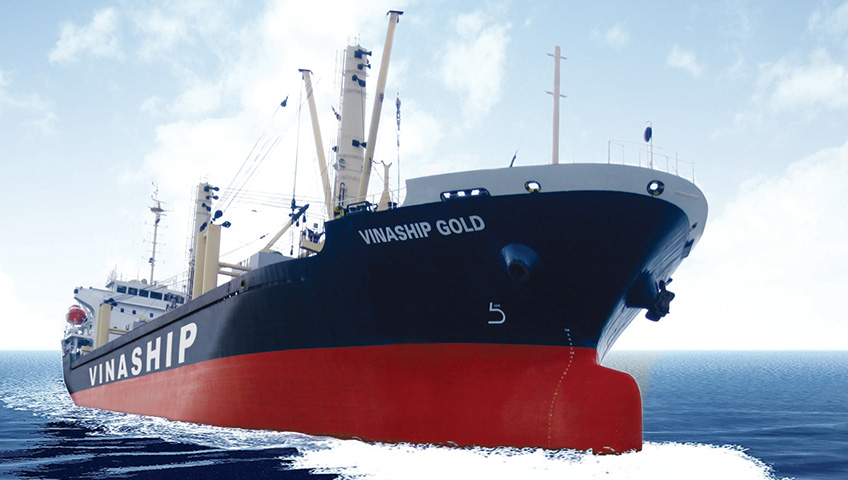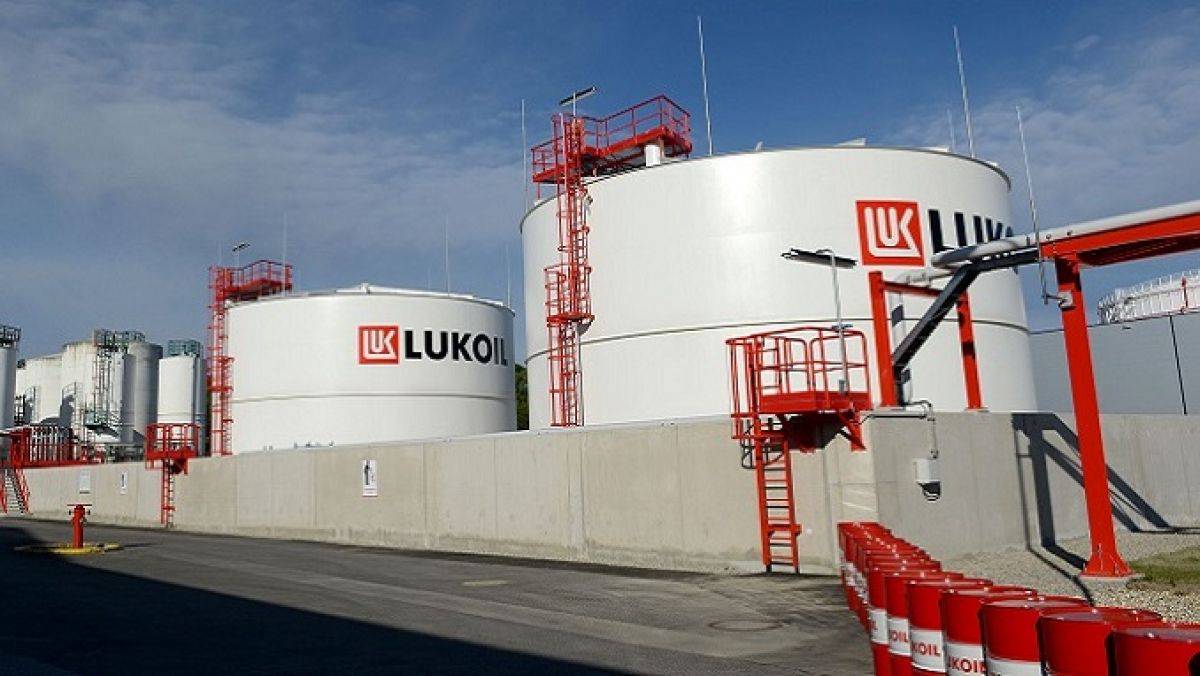A number of shipping companies around the world are building new ships that meet the standards for reducing carbon emissions. Meanwhile, the ability to change the Vietnamese fleet is very difficult.
Pressure from green transportation
Starting from January 1, 2024, according to the regulations of the European Union (EU), cargo ships entering EU ports will have to pay a fee for the amount of carbon emissions. It is estimated that the total cost for the shipping industry to comply with EU regulations is around 3.6 billion USD.

Vietnamese shipping companies are facing a number of challenges in reducing greenhouse gas emissions from ships.
This is forcing global shipping companies to accelerate the transition to green shipping and find ways to reduce emissions.
In recent years, many leading global shipping companies such as: Maersk Line, Cosco, CMA- CGM, Evergreen... have joined the "race" to build ships powered by clean fuels. This is seen as a significant challenge for Vietnamese shipping companies, especially international shipping lines, as if they do not change quickly, they may be eliminated.
One of the most important changes in the near future is to meet the criteria of the International Maritime Organization (IMO) on preventing air pollution from ships.
Currently, the International Convention for the Prevention of Pollution from Ships has been adopted by the IMO's Marine Environment Committee at its 76th session in 2021.
In it, the regulations on the energy efficiency index for existing ships (EEXI) and the carbon intensity indicator (CII) are applied to all international shipping lines, regardless of the date of construction. If the ship does not meet the regulations on these indicators, it will have to implement measures to improve the energy efficiency of the ship.
According to statistics from the Vietnam Register of Shipping, there are currently over 400 merchant ships out of a total of about 1,500 ships in Vietnam that have been approved for EEXI. In which, about 40% of ships meet the regulations and 60% of ships must apply measures to reduce capacity. Notably, the EEXI regulation has the greatest impact on the group of oil tankers and dry cargo ships.
Challenges with the "old" fleet
According to a representative of the Vietnam Register of Shipping, for ships that do not meet the regulations, methods such as: reducing ship power, improving the bow or propeller, using alternative fuels, or using energy-saving technology can be applied. However, the method of limiting the engine/shaft power is the most feasible.
In fact, with the same distance traveled, the more fuel-efficient the ship, the less time it spends waiting at the port, the more favorable it is in terms of carbon index, meeting CII. However, in the following years, the classification will become more stringent and the ship will not be easy to meet if it does not continue to improve.
The representative of the Vietnam Register of Shipping assessed that ships must have more access to support exploitation technologies or optimization in logistics, in order to reduce waiting time at ports.
Mr. Hoang Le Vuong, Deputy Head of the Shipping Department, Vietnam Maritime Corporation (VIMV), said that the unit has been applying new technologies to reduce emissions. In the management and operation of ship exploitation, the shipping businesses of VIMC have coordinated with ports to add more shore power supply equipment to reduce fuel consumption.
At the same time, choose the ship operation mode at the optimal engine rotation and power, strengthen the inspection and cleaning of the hull, propeller to reduce the ship's resistance, reduce fuel consumption, and increase ship speed.
In the long term, the main solution of the enterprise is to scrap old ships, ships that are difficult to meet emissions regulations. Along with that, investing in the rejuvenation of the fleet with new generation ships. VIMC plans to build 6 container ships, 4 oil tankers, 8 dry cargo ships by 2030 and buy used ships under 10 years old. The enterprise is also researching investment and developing green fuel-powered ships such as methanol or LNG with new ships.
However, according to Mr. Vuong, in order to achieve the EEXI index, most of the current ships must reduce the main engine power. In addition to having to maintain expensive costs to use power limiting devices, this also reduces speed (on average, a 10% reduction in power leads to a reduction of 10-15% in speed), which has a significant impact on the efficiency of ship exploitation.
“Some ships are very difficult to sign cargo contracts because the ship does not meet the operational speed requirements of the charterer,” Mr. Vuong said, and added that VIMC’s investment in fleet development is also hampered by the fact that ship purchases must be auctioned, not according to international practice.
Sharing the same view, Deputy General Director of Tan Cang Shipping Joint Stock Company Nguyen Dai Hai said that about 1 year ago, lease contracts have begun to include criteria related to carbon dioxide emissions reduction. They will look at the indicators that meet the standards for reducing emissions of the ship to consider whether to approve the lease or not.
According to Mr. Hai, this is a difficult situation that Vietnamese shipping companies must face, especially with old generation ships. Meanwhile, the price of building new ships that run on clean fuels with low emissions is very high, about 10 million USD higher than a conventional ship.
As the company owning the largest fleet in the Vietnamese merchant fleet, the Vietnam Maritime Corporation (VIMC) said that currently, 45/60 of the company's ships have been approved for EEXI. Of these, 11/60 ships do not have to limit power and more than 40 ships must install power limiting devices (down to 70%, 60%). In addition, 52 of VIMC's ships are also subject to evaluation and classification of the carbon intensity indicator CII.








